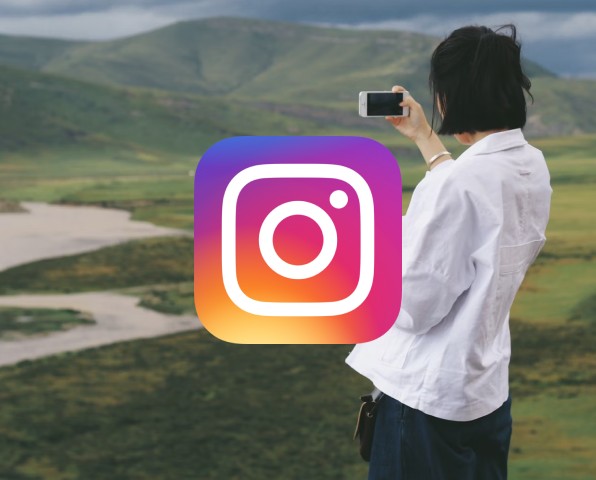
Instagram is a popular social media platform that focuses on sharing photos and videos. Users can create personal profiles, follow other users, and engage with content by liking, commenting, and sharing posts. It is known for its visually-driven format, where people can post images and short videos, apply various filters and editing effects, and add captions and hashtags to their posts.
Tool Website https://help.instagram.com/424737657584573
Instagram can be a powerful storytelling tool for several reasons:
Website Link
Instagram also offers features like Stories, IGTV for longer videos, and direct messaging, making it a versatile platform for both personal and business use. Owned by Facebook, Instagram has a large and diverse user base and is widely used for sharing moments, promoting brands, and connecting with others through visual content. Overall, Instagram's visual nature, storytelling features, and engagement tools make it a versatile platform for conveying stories, building connections, and reaching a wide and engaged audience.
Step by Step How to Make a Storyboard
Scenario: Imagine you're a filmmaker planning a short movie, and you want to create a storyboard to visualize the scenes and shots. You can use Instagram to storyboard the key moments of your film:
To see a demo sample of Instagram, we would recommend visiting the official Instagram website (https://help.instagram.com/424737657584573) or checking out their official YouTube channel. These sources often provide tutorials, demo videos, and examples of animations created using the platform, which can give you a better idea of what Instagram is capable of. Additionally, you can sign up for a free Instagram account to explore the platform and its features firsthand. Using Instagram in this way can make the storyboarding process more interactive, collaborative, and visually engaging. It also allows you to keep all your storyboard content in one place while maintaining control over its accessibility and privacy.
Instagram is a free social media app for sharing photos and videos with friends and followers. Mike Krieger and Kevin Systrom created it for iOS in 2010, with releases for Android in 2012 and Windows in 2016. Facebook acquired the application in 2012 and has been adding new features since then: https://instagram.en.softonic.com/